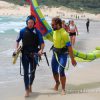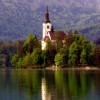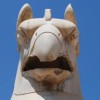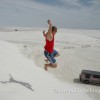Having been to the steps of Mt Everest after three amazing night at Gorak Shep we began the long hike back to Lukla. We would stay at the lodge village of Zonglha and trek over the ice covered Cho La Pass to Gokyo, passing through Dragnag and the crossing the Gyazumba glacier enroute.
The trail from Gorak Shep to Zonglha is an easy grade that hugs the hillside in an attempt to maintain altitude as you descend the valley. From Zonglha the trail increases in gradient toward the pass, becoming a scramble and broken trail before you emerge onto the glacier that covers a small plateau before the pass itself. Beyond the Cho La Pass itself it’s a steep descent to a wide valley that offers fantastic views as you descend to the small village of Dragnag and cross the glacier. A big day, even for experienced hikers.
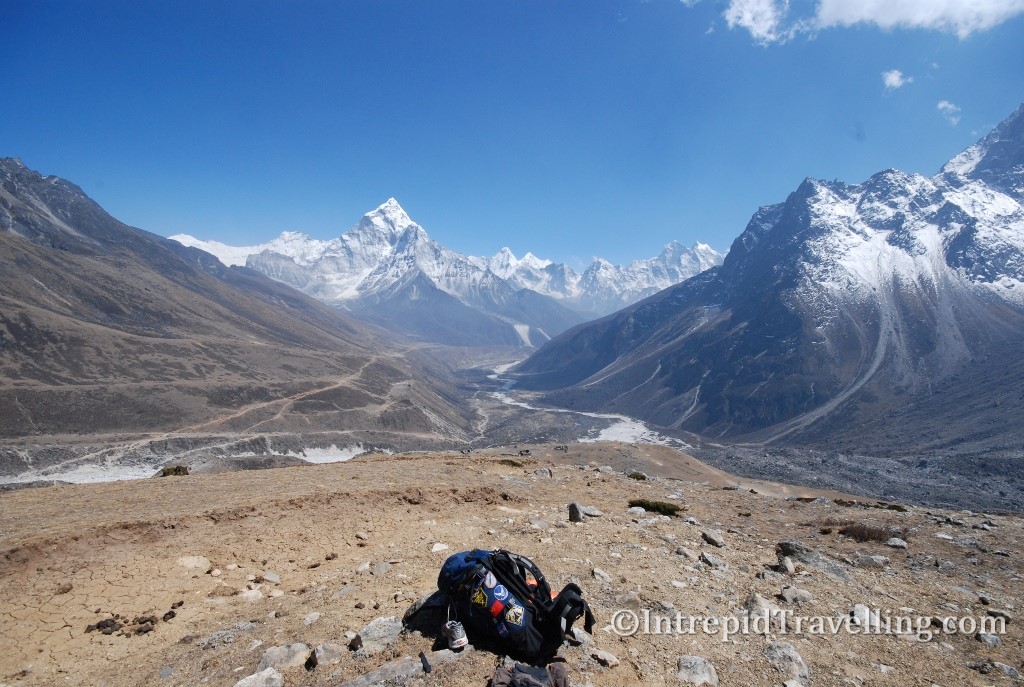

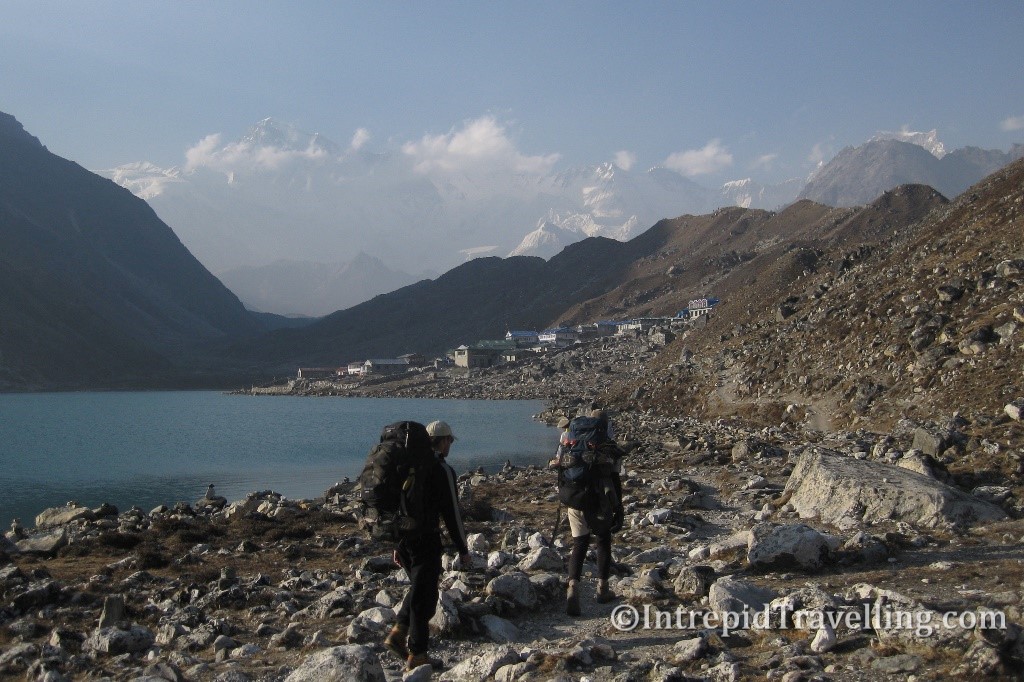
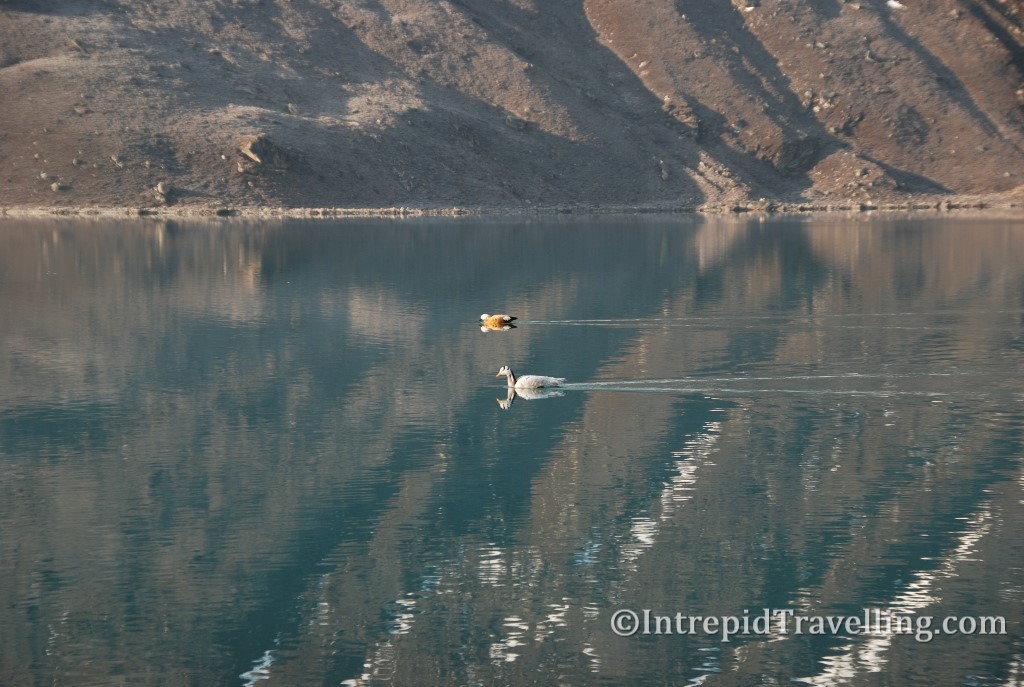
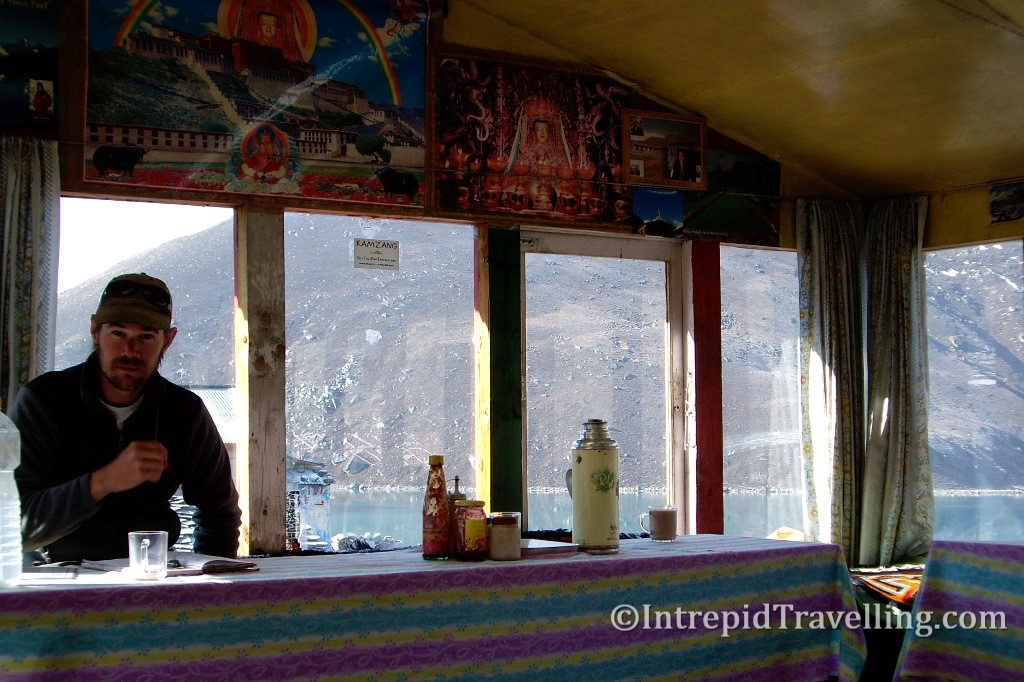
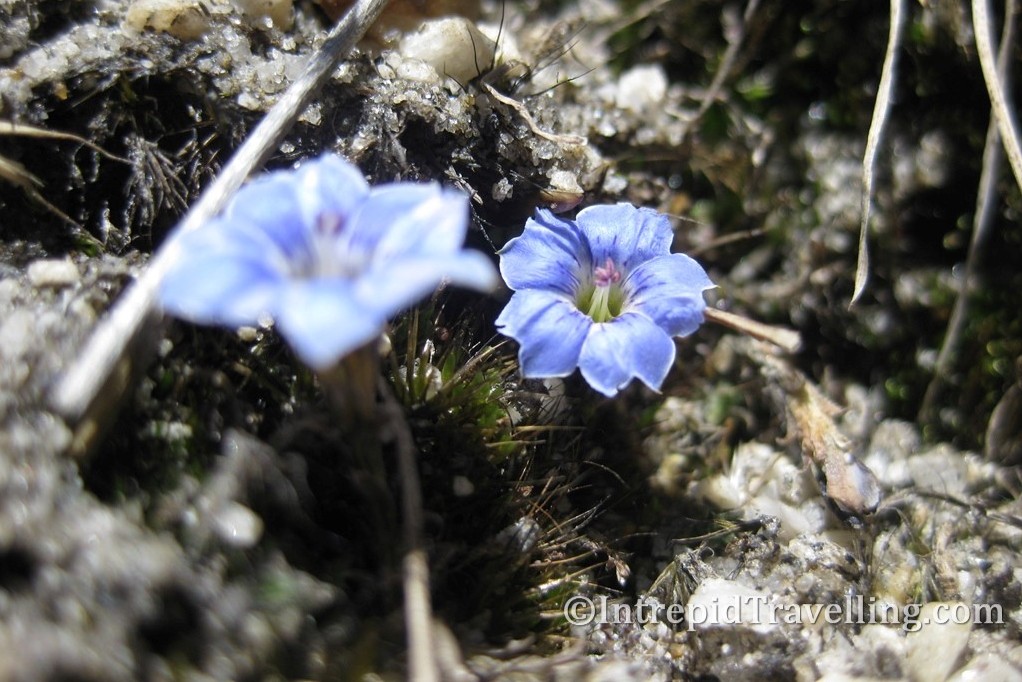
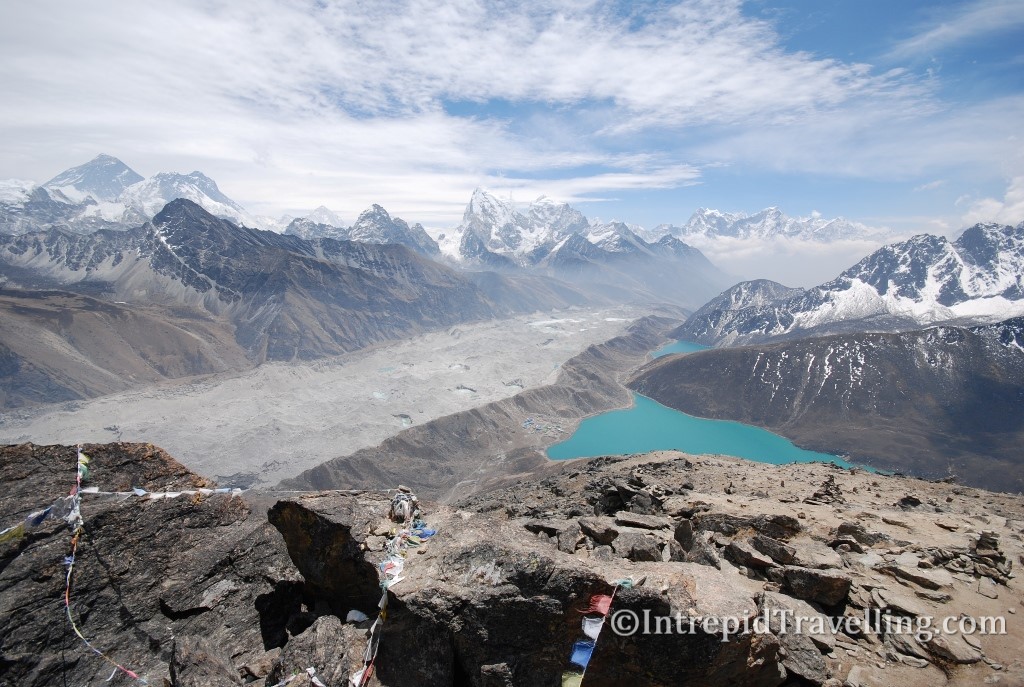

Once in the village of Gokyo you are again rewarded, this time with beautiful lake views, complete with a pair of Ruddy Shelduck (known in India as the Brahminy duck) if you’re lucky. The views from the summit of Gokyo Ri is even more spectacular with 360 degree views across the Sagarmatha National Park, complete with Cho Oyu to the north and the Everest Massive proudly dominating the eastern horizon.
If you’re thinking about it, for about USD $30,000, you can join and expedition that will give you a realistic chance of summiting Everest, all things going well of course. Alas, that will have to wait for another day for us, as our Nepali visa is running out of days and we need to get back to Kathmandu.
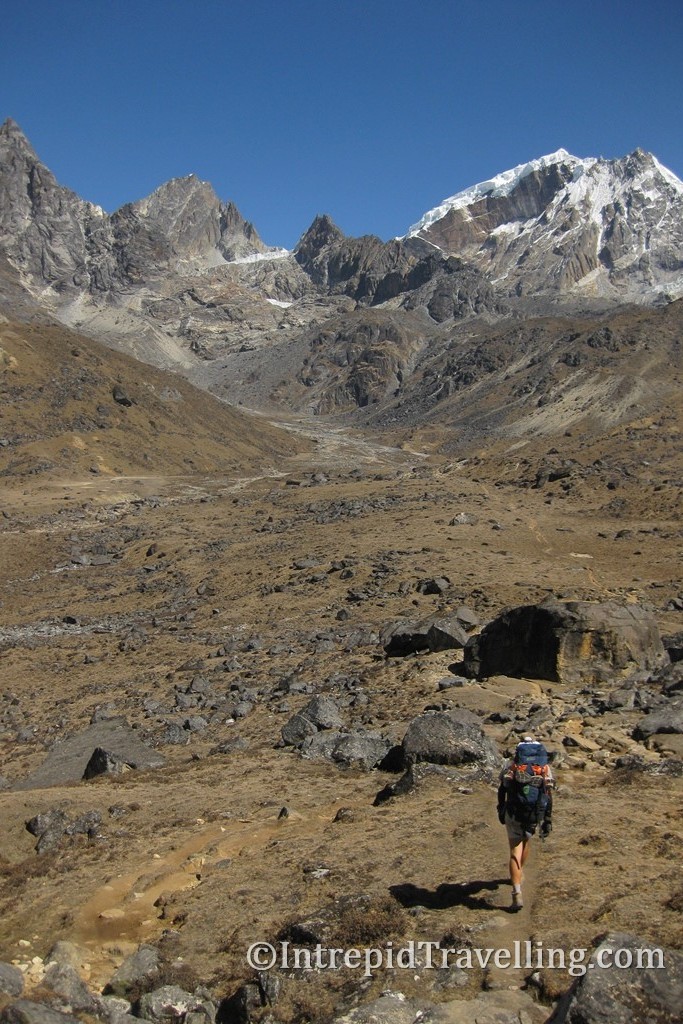
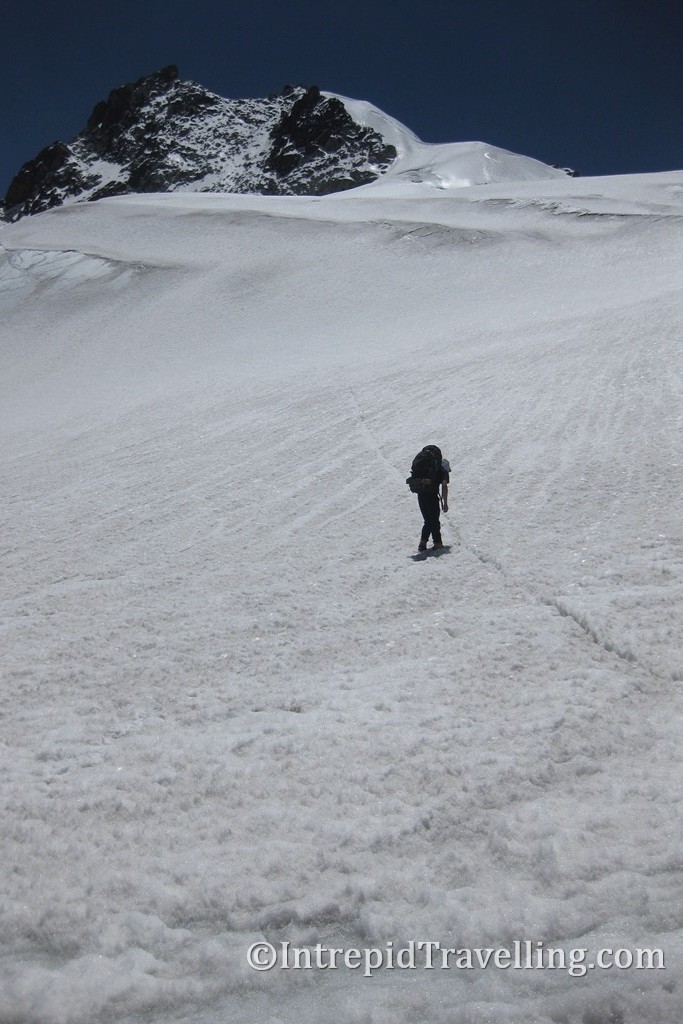
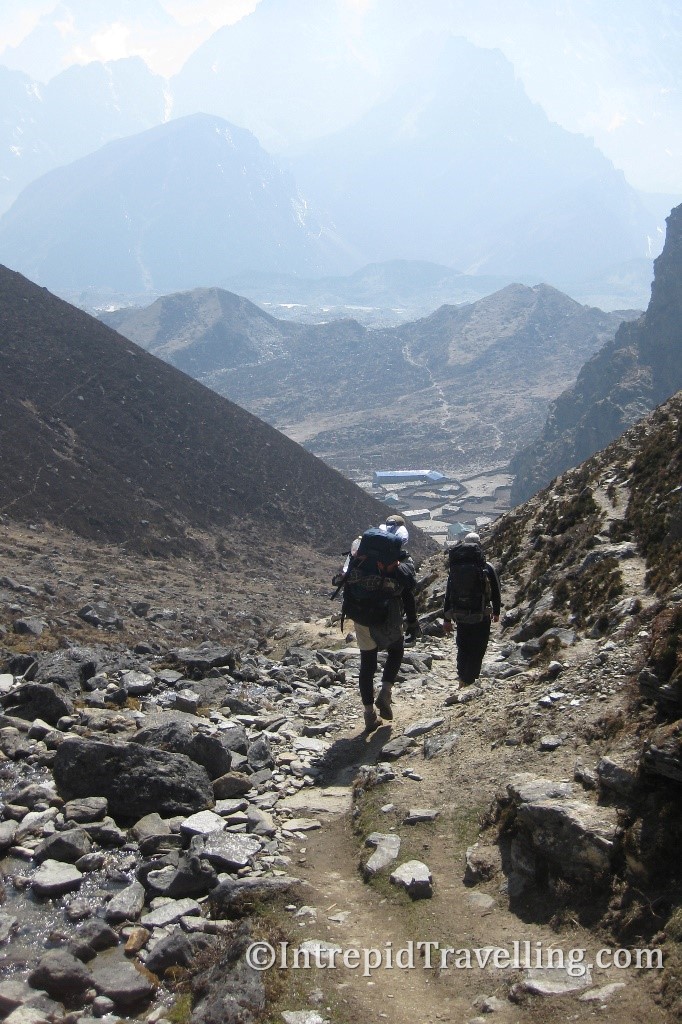
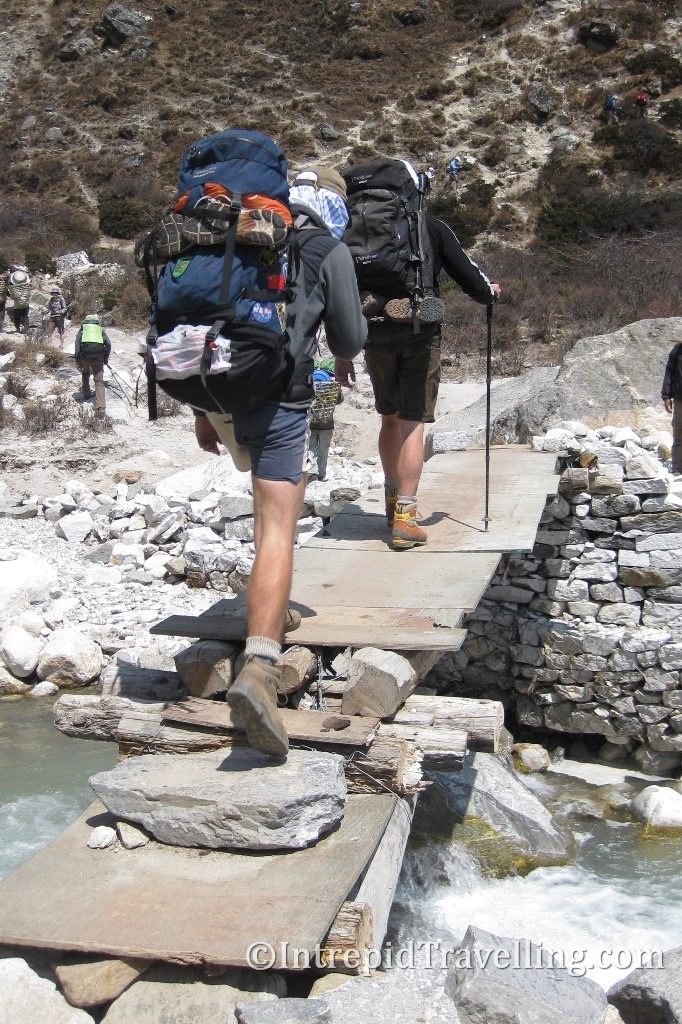
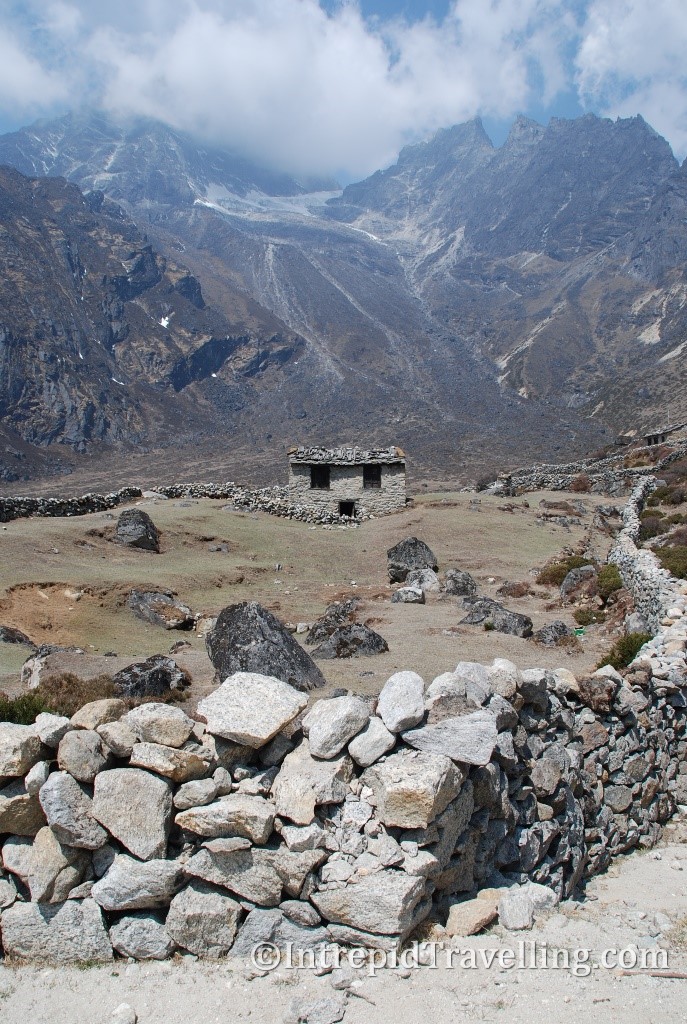
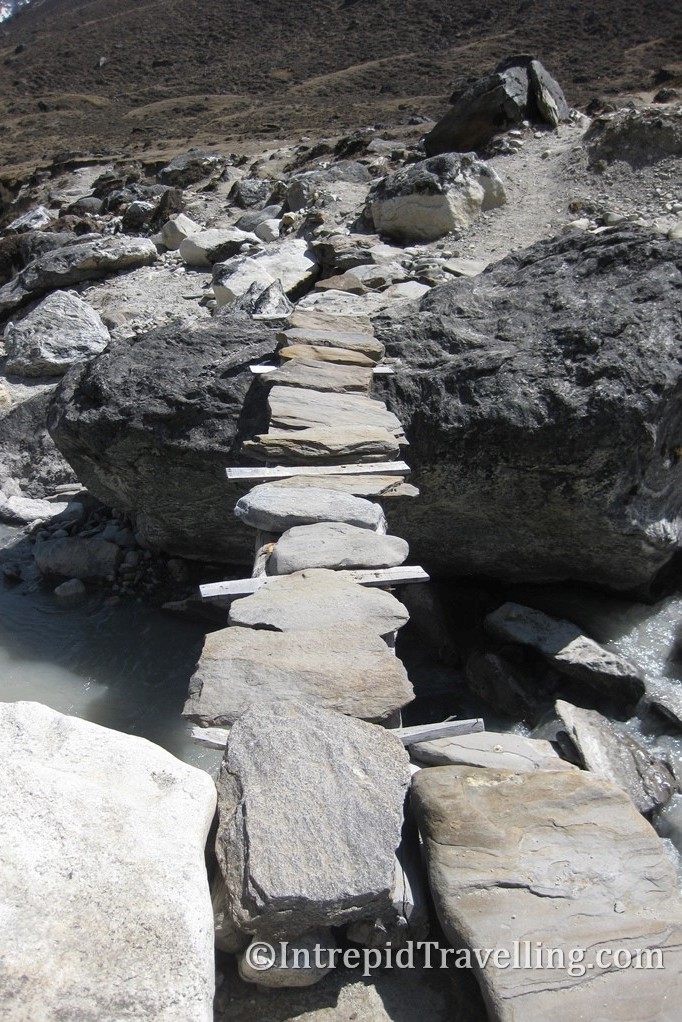
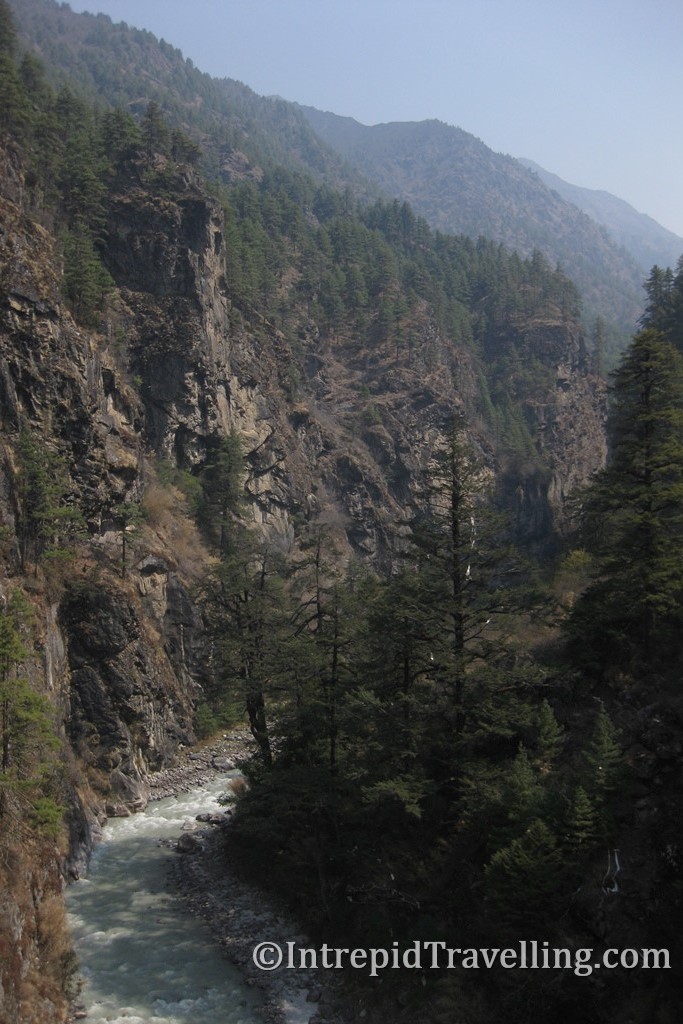
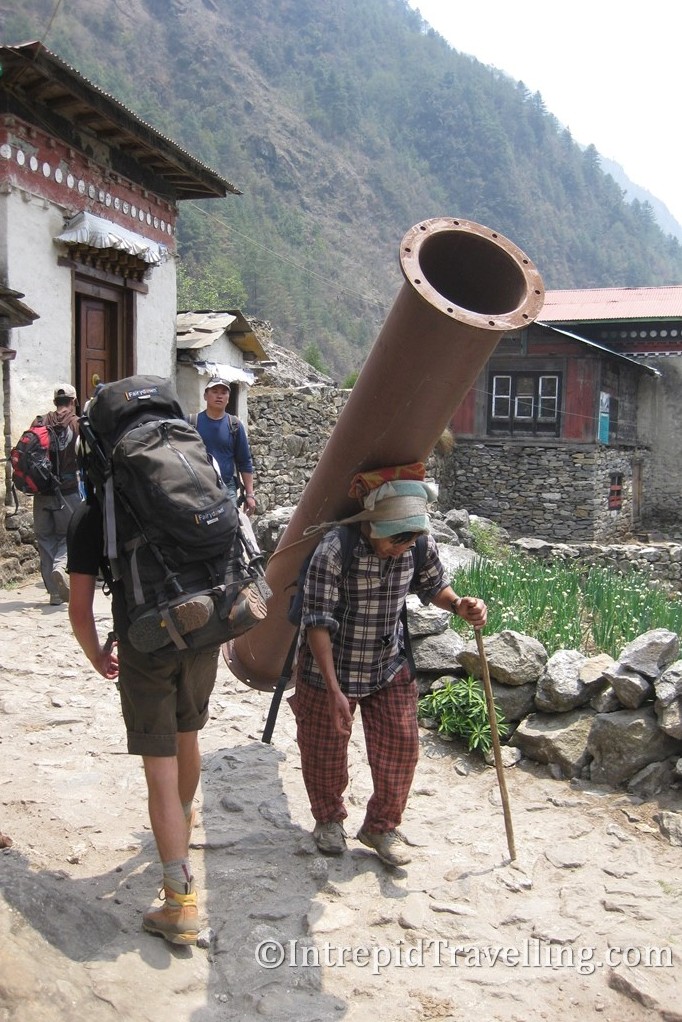
Having been up in the mountains for nearly three weeks, we were glad to get back to Lukla and only a 30 minute flight away from a few of the comforts of civilization (and mum’s parcel of NZ sweets), but we knew it wouldn’t be long before we missed the clear air, bright sun and complete lack of noise created by the modern combustion engine. In all during our 20 days hiking amongst the worlds highest peaks, by my tally, we walked for a total of 73 hours, covered 180km and climbed a total of 9,650 vertical meters, over half of which was with our full packs.
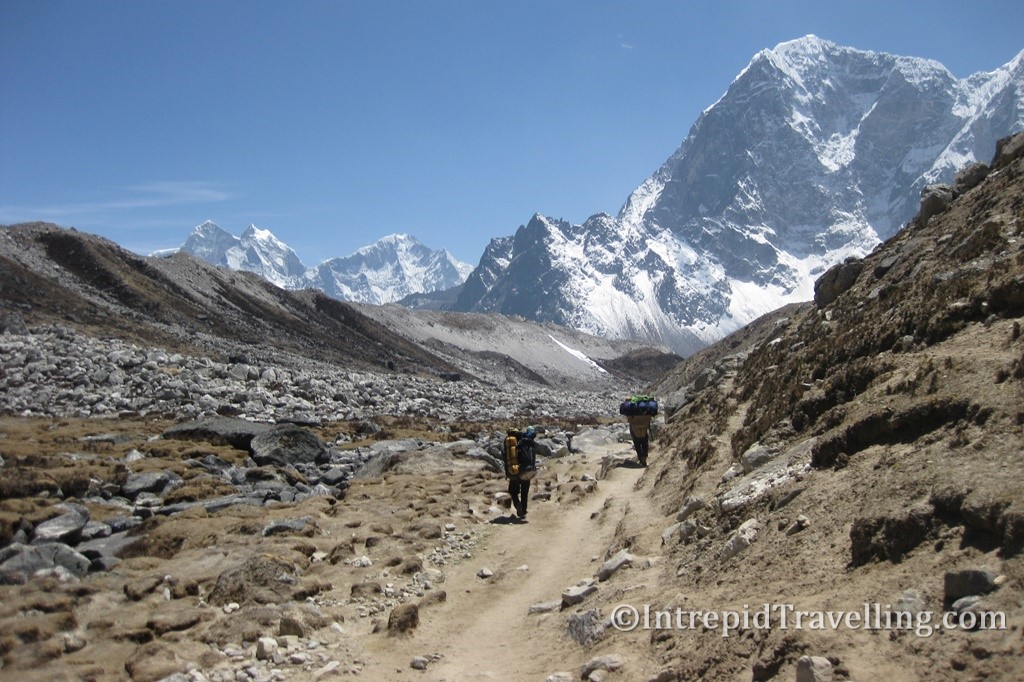
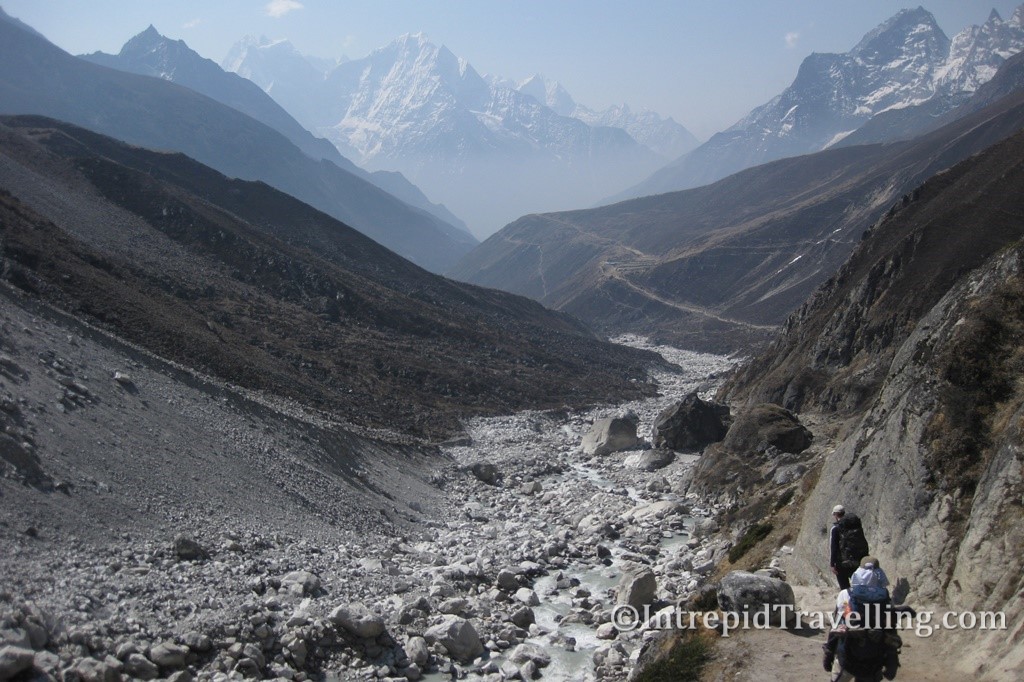
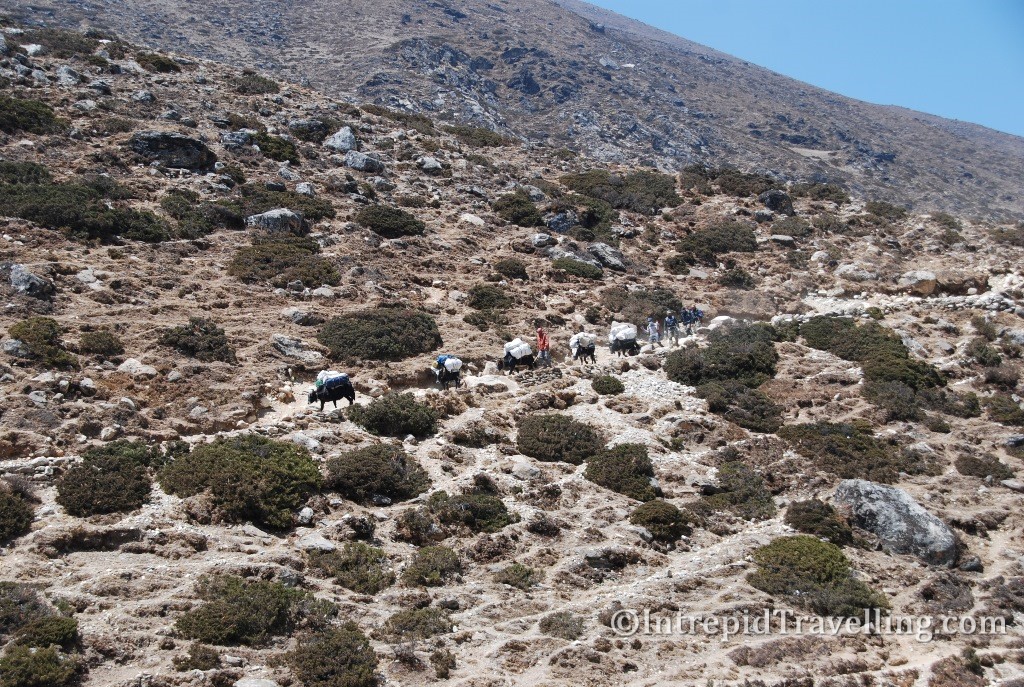
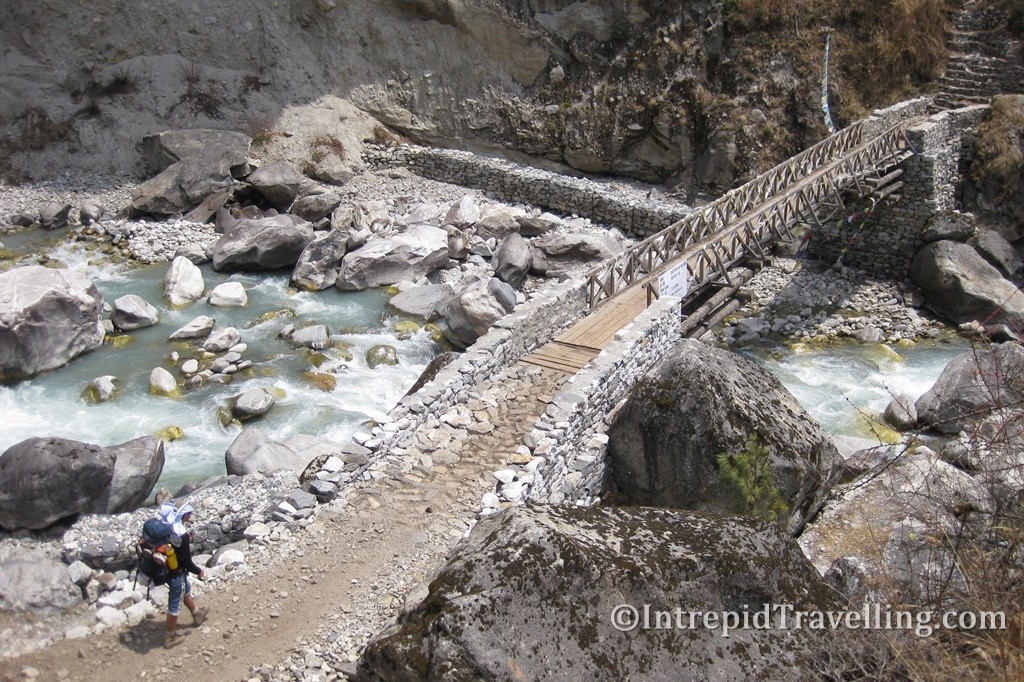
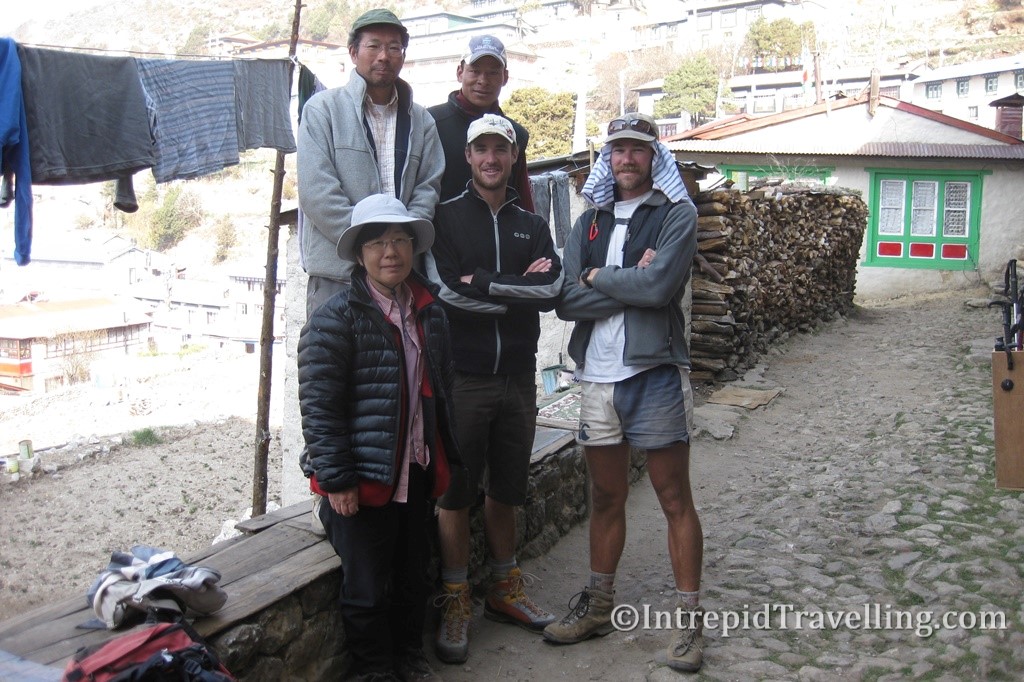
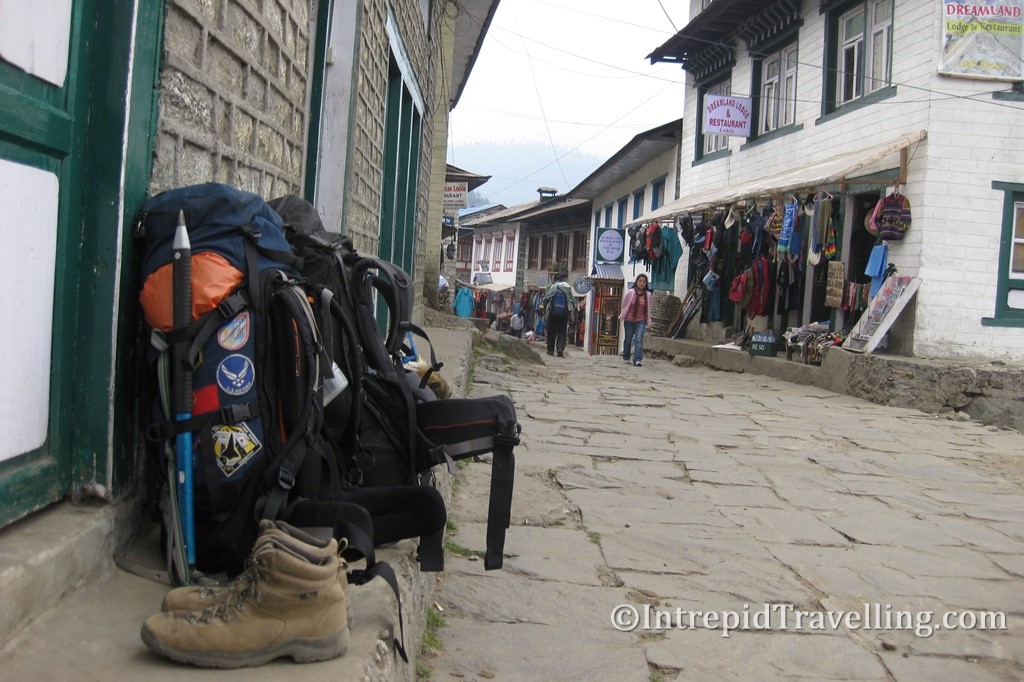
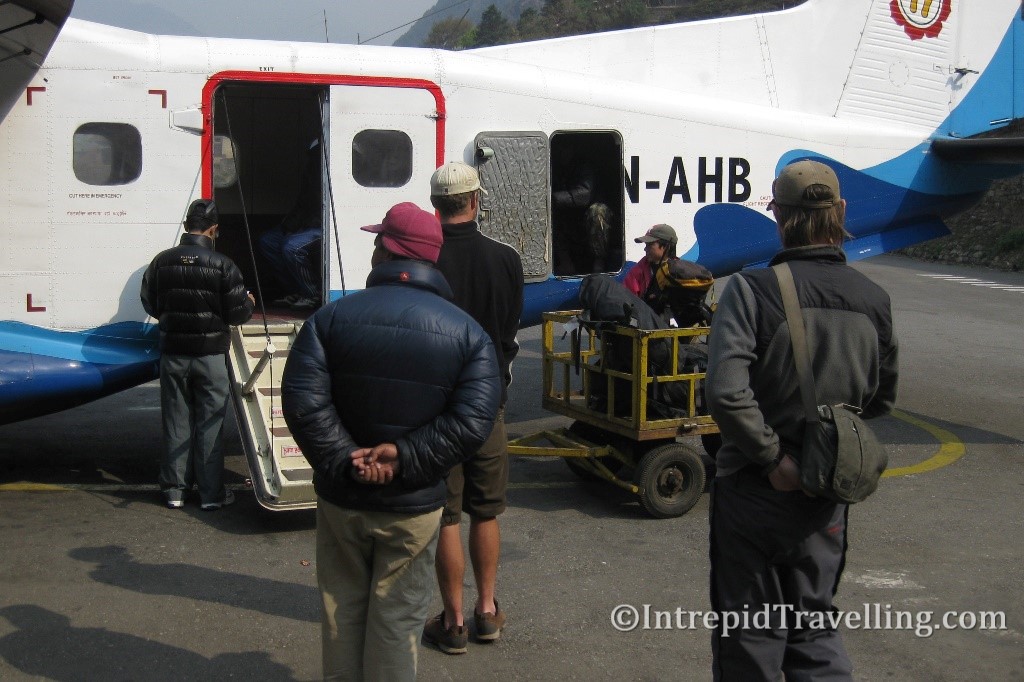
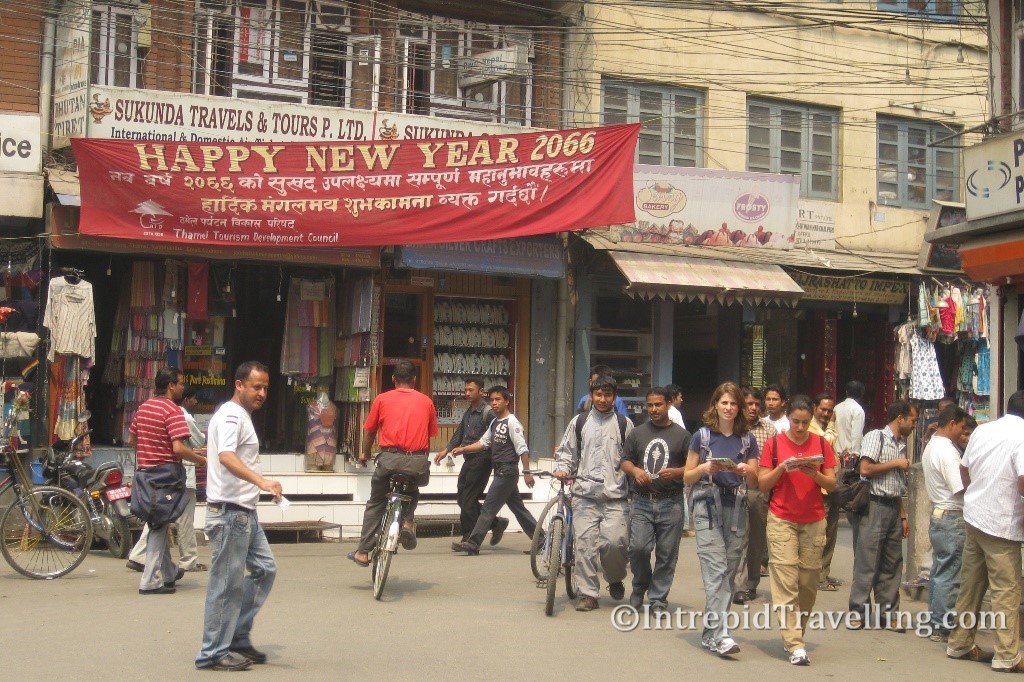
If you’re thinking of doing the Everest Base Camp trek, I recommend organizing it yourself instead of with a guide or tour group – do it the intrepid way! That way you’ll have the freedom to do as you please when you’re there and it’ll cost a third or quarter the price too; excluding any gear you pick up beforehand. The autumn (April, May) and spring (September, October) months are some of the best times to go on account of the more stable warm weather.

